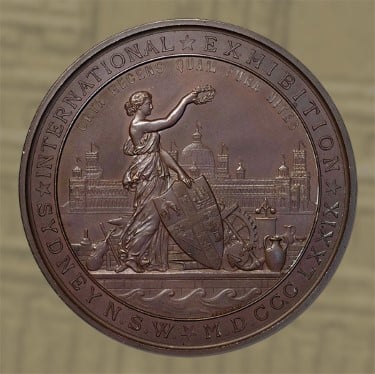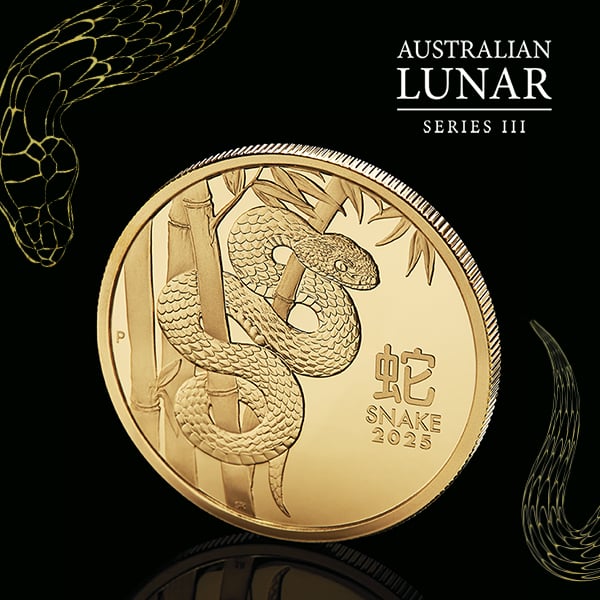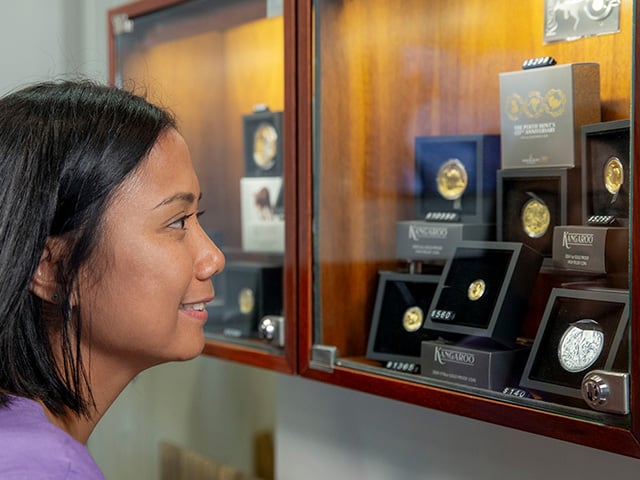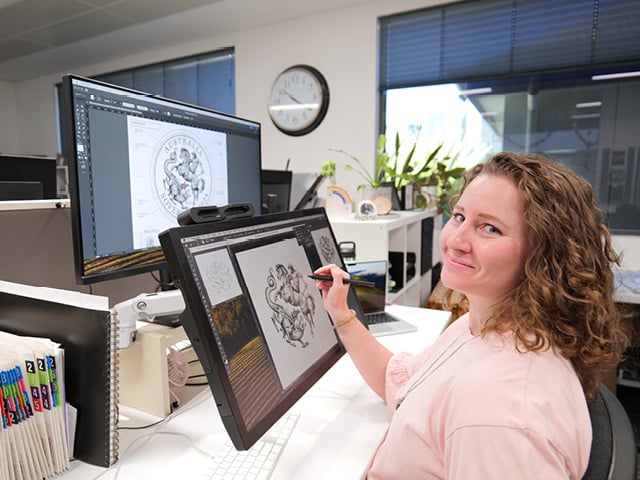First 'expo' medal for Australia

The Great Exhibition, the world’s first ‘expo’, took place in 1851 at the Crystal Palace in London’s Hyde Park. Australia’s first expo opened 28 years later when the Sydney International Exhibition 1879-80 was held in the purpose-built Garden Palace.
Among the million and more visitors who flocked through it’s gates were Europeans, Americans and Asians, all well aware of Australia’s emerging significance as a result of rich gold discoveries.

The Garden Palace was designed by Colonial Architect James Barnet, whose work included the Macquarie Lighthouse, a new wing for the Australian Museum, as well as countless government and civic projects. Dominated by a 210 feet high dome, it was constructed in only nine months, a feat made possible by night-shifts working under Australia’s first electric lights.
Hailed a triumph for New South Wales, the Exhibition ran for seven months from 17 September 1879 with the aim of promoting commerce, industry, science, art, education, and population growth. Unfortunately, the Garden Palace that housed many star exhibits, suffered the same fate as the Crystal Palace when it was destroyed by fire just two years after the event.
A portrayal of the building, however, lives forever on the Exhibition prize medals, including this bronze version which forms part of The Perth Mint’s historic coin collection.
Struck in London from dies made by J.S. and A.B. Wyon to a design by Samuel Begg, the medal’s obverse displays the personification of New South Wales and the colony’s shield surrounded by exhibits. The cause of much dismay when it burnt to the ground, the Sydney International Exhibition Garden Palace’s grandeur is revealed in the background.












